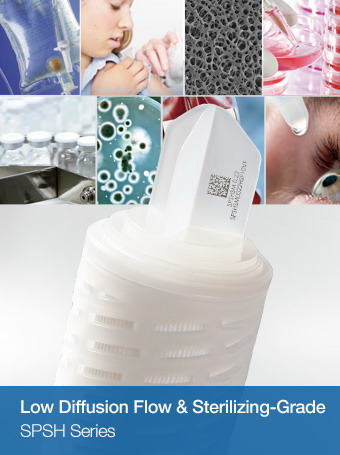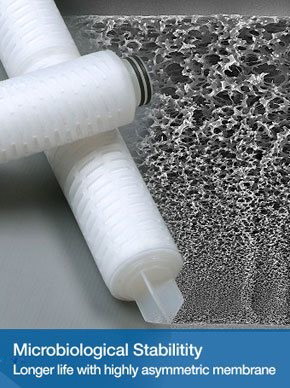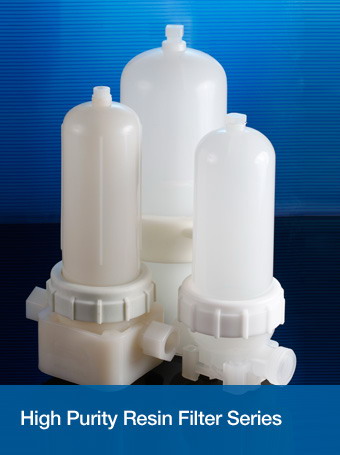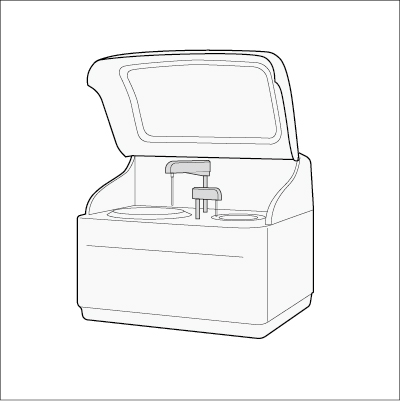What is Automatic Biochemical Analyzer ?
Biochemical analyzer is an instrument which uses photoelectric colorimetry principle to calculate certain chemical components in body fluid samples. The automatic biochemical analyzer is composed of a sampler, a sampling device, a reaction tank, an incubator, a detector and a microprocessor. One of the most important parts is the quantitative component, which includes the quantitative analysis of samples and reagents. Since they are all calculated in microliters, subtle differences will lead to inaccuracy. The micro quantitative structure consists of a precision syringe, a tube and a probe.
Influence of Air Bubble
When sampling or collecting reagents, the pipeline of the analyzer is filled with deionized water. First, a section of air is inhaled to form an air plug, and then quantitative and surplus samples or reagents are inhaled. When dispensing, first spit out a quantitative sample or reagent, then flush out the surplus with water, and clean the inner wall by the way. Due to temperature and pressure, air dissolves into the water. It will run out of the water and form bubbles in the pipeline, which will inevitably affect the quantitative accuracy of absorption and distribution, and eventually lead to deviation of test results, even clinical misjudgments.
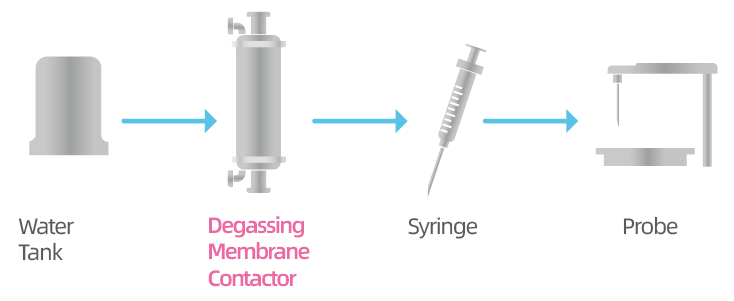
Therefore, various manufacturers in the industry have begun to search for materials and devices with degassing technology. In recent years, analytical degasser has become the standard configuration of analyzer with 400 speed or more. Installing Cobetter degassing membrane contactor between water tank and syringe can effectively achieve bubble-free sparging in liquid path.
For technical data sheet or application inquiry, you are more than welcome to contact our sales representative by sales@cobetterfilter.com or leave a message

